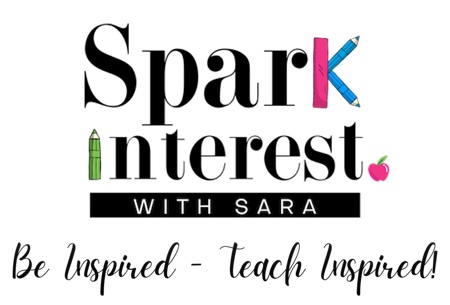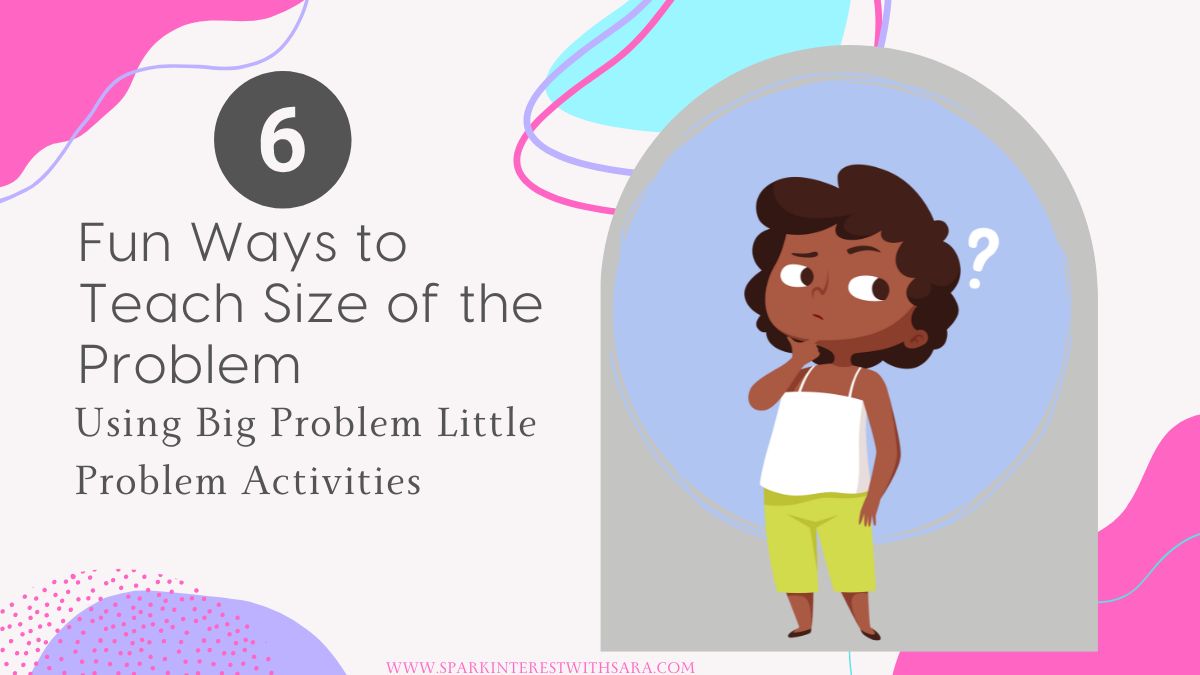
When it comes to teaching our preschoolers about problem-solving, one of the most important steps is helping them understand the size of the problem. This enables them to approach problems with a realistic perspective so that they can figure out which problem solving strategy is most effective to use. In this blog post, we will explore various strategies that educators and parents can use to effectively teach children how to assess the size of a problem.
By providing children with tools and techniques to gauge the magnitude of different problems, we empower them to tackle issues head-on. From distinguishing between small and big problems to categorizing them based on importance and urgency, these methods teach children valuable skills for navigating life’s challenges.
Before we take a look at these big problem little problem activities, I just wanted to make sure you’ve downloaded my free Kindness Scenario Cards; perfect for helping your students practice sprinkling kindness into any situation!
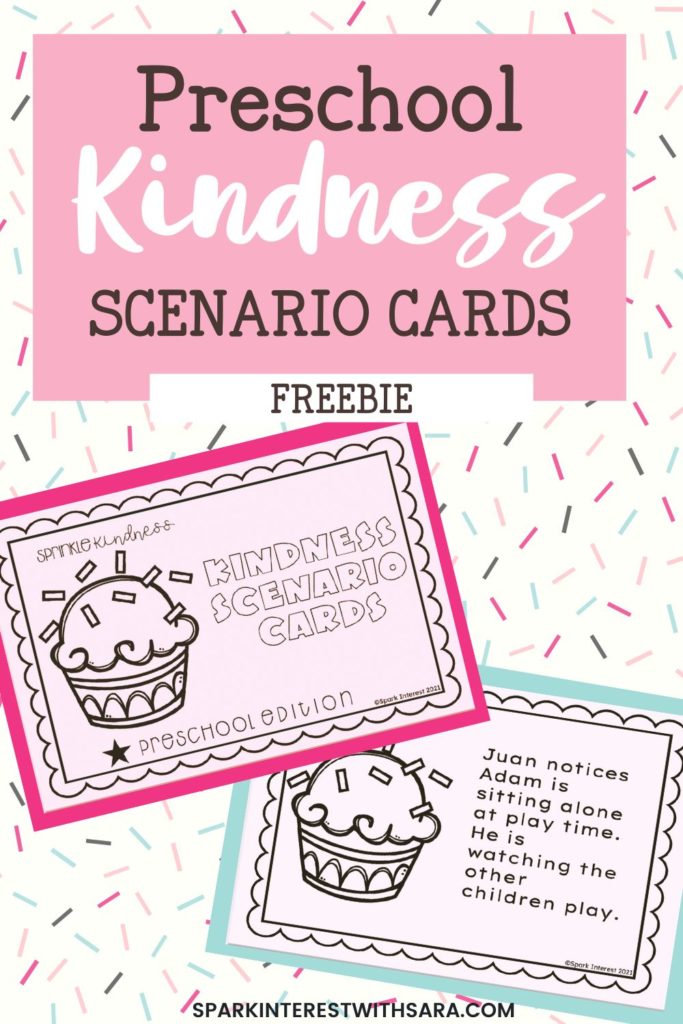
The importance of teaching preschoolers about problem-solving
Teaching preschoolers about problem-solving is crucial for their overall development. It helps them develop critical thinking skills, resilience, and the ability to handle challenges effectively.
Understanding how to assess the size of a problem is a fundamental part of problem-solving. By teaching children how to differentiate between small and big problems, it helps them gain a better understanding of what the problem is, gives them the language they need to describe it and helps them regulate their emotions accordingly.
Understanding the concept of size of the problem
To effectively teach children about problem size, it is important to provide them with a clear definition of what constitutes a small problem versus a big problem. A small problem is typically something that isn’t considered a big deal. The child may solve it on their own or it may solve itself soon enough. Typically they don’t need help. It may include a broken pencil, a caterpillar on a lunchbox or not getting to go first in a game.
A medium size problem would be something that may require asking for support or advice because a child isn’t sure what to do. They may be able to then try and solve the problem themselves or may need your support. This may include a child feeling lonely at lunch time and not sure who to play with or feeling embarrassed when they fall down.
Lastly, a big problem is more complex, requiring assistance from others and having a significant impact on a child’s well-being or the well-being of others. Examples of big problems for a child may include being repeatedly called hurtful names by another child, a child physically hurting another or a major accident like falling and breaking an arm.
By explaining the distinction between small and big problems, children can begin to grasp the concept that not all problems are the same and so our reactions and what we can do to try to solve them will differ accordingly.
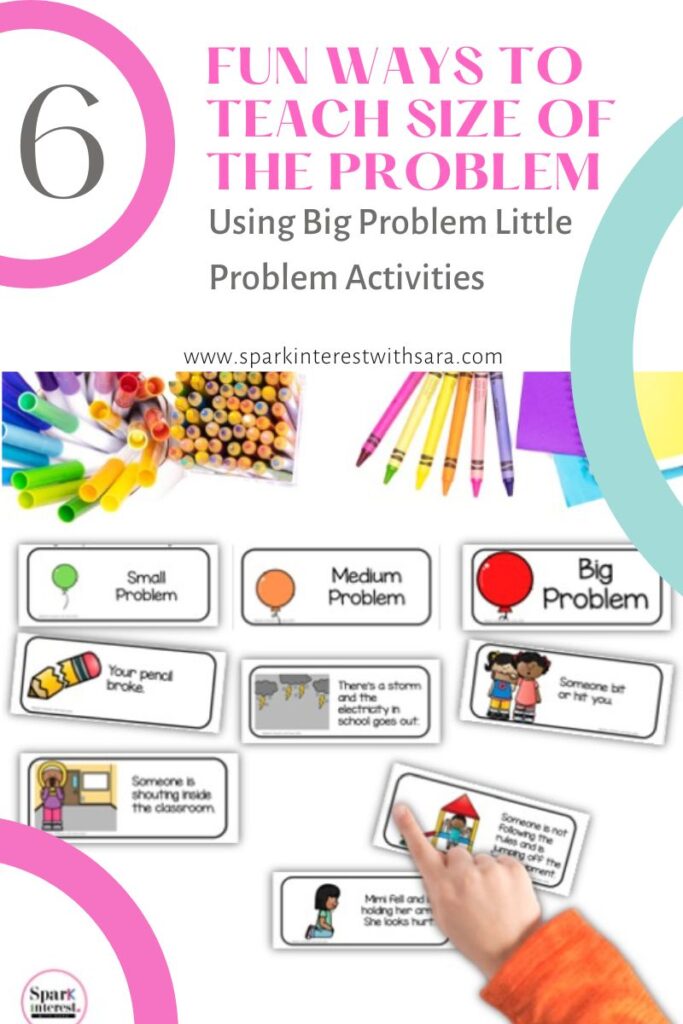
Strategies for explaining size of the problem to children
When explaining size of the problem to children, it is essential to use age-appropriate language and examples that they can relate to. One effective strategy is to use visual aids and demonstrations that illustrate the difference between small and big problems.
Visual aids can include pictures or drawings that depict different scenarios. For example, you can show a picture of a messy desk to represent a small problem and a fire in the classroom to represent a big problem. By visually representing the size of the problem, children can better understand the concept and apply it to real-life situations.
Another strategy is to incorporate real-life examples that children can relate to. For instance, you can discuss a situation where a child forgets to bring their lunch to school. This can be categorized as a small problem as it can be easily resolved by asking a teacher. On the other hand, a big problem could be losing a beloved pet, which requires emotional support and may take time to overcome. By relating problems to their own experiences, children can better grasp the concept of problem size.
Using big problem little problem visuals
Visual aids and demonstrations play a crucial role in helping children understand the size of a problem. One effective visual aid is a problem-solving chart or scale that categorizes problems based on their size. This chart can have categories such as “small,” “medium,” and “big,” with corresponding examples for each category.
For younger children, a simple image of a small balloon, a medium size balloon and a large balloon can give your students a visual representation of the scale. Then using big problem vs little problem scenarios, the students can sort the different scenarios into what size the problem is.
This interactive big problem little problem activity helps children actively engage with the concept of problem size, promotes discussion and reinforces their understanding.
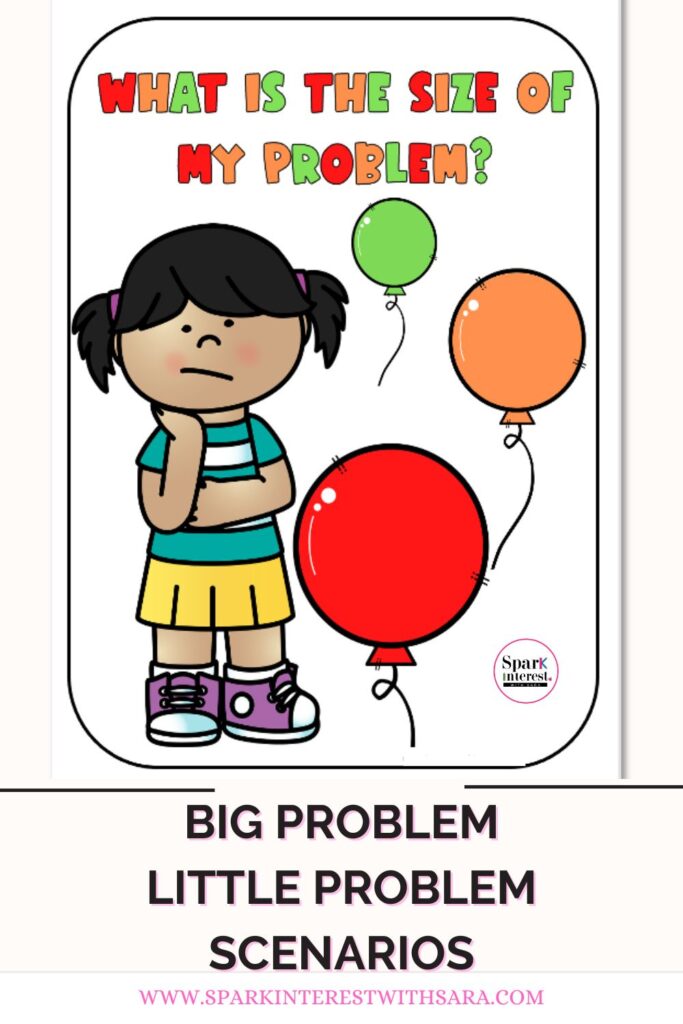
Incorporating real-life examples to help kids grasp big problem little problem
When creating scenarios for your classroom, remember to use real-life examples to help children understand the size of a problem. By relating problems to situations they encounter in their daily lives, children can better connect with the concept and apply it to their own experiences.
For instance, when discussing small problems, you can use examples such as forgetting to bring a pencil to class or misplacing a favorite toy. These examples highlight problems that can be easily solved and have minimal impact on a child’s overall well-being.
On the other hand, when discussing big problems, you can use examples such as a friend moving away or a family member falling ill. These examples demonstrate problems that require more time, effort, and support to resolve.
By incorporating real-life examples, children can develop a deeper understanding of size of a problem and learn how to approach different problems accordingly.
6 Fun Ways to Teach Size of the Problem Using Big Problem Little Problem Activities
1. Role Play Common Scenarios
Take turns acting out different problem scenarios, and others have to identify the size of the problem being portrayed. This interactive activity allows children to apply their understanding of problem size in a creative and engaging way.
2. Read Books about Size of the Problem
The Problem with Problems by Rachel Rooney
This picture book emphasizes communication, to help little ones and grown-ups alike navigate their peskiest problems. THE PROBLEM WITH PROBLEMS is filled with social-emotional learning-based advice for every kind of situation.
Big Problem Little Problem by Ben Feller
This book is all about conquering frustrations no matter what the problem is, told from the perspective of a father. In this story, a dad teaches his son to solve daily challenges of life and in turn, the surprising ways in which a child can teach a grown-up to remember what is important too.
3. Size of the Problem vs Reaction
Have fun with your students by having a set of common scenarios and a set of common reactions (productive and not so productive). Invite them to pick a scenario and act it out; then, pick a reaction card and react to that situation in whatever reaction you chose, good or bad.
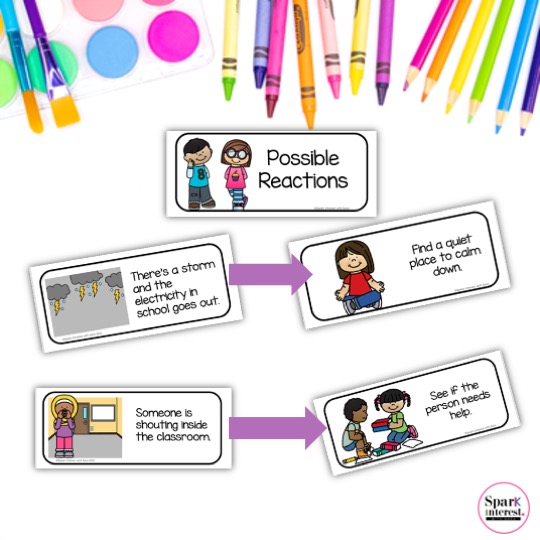
For example a student may choose:
Scenario: A broken pencil
Reaction: Throw yourself on the floor and cry uncontrollably
This often leads to many giggles.; however, it allows you to ask questions like:
“What is the size of this problem?”
“Is it a big problem or small problem?”
“What makes it a big/small problem?”
“Why do you think it’s a big/small problem?”
“Who gets affected by this problem?”
“How could we possibly solve this problem?”
“How else could you react to this problem?”
Teaching children about problem size goes hand in hand with fostering critical thinking skills. Critical thinking involves analyzing a problem, considering different perspectives, and evaluating possible solutions.
These types of questions encourage critical thinking skills in problem-solving in our students. They encourage our students to think critically and consider the broader implications of a problem even at a young age.
4. Include Big Problem Little Problem Classroom Centers
Classroom centers are a great way to reinforce concepts learned together and allow your students to revisit concepts in a different way. Big problem little problem clip cards are what I use in my classroom. Students may wish to work independently on them or with a friend.
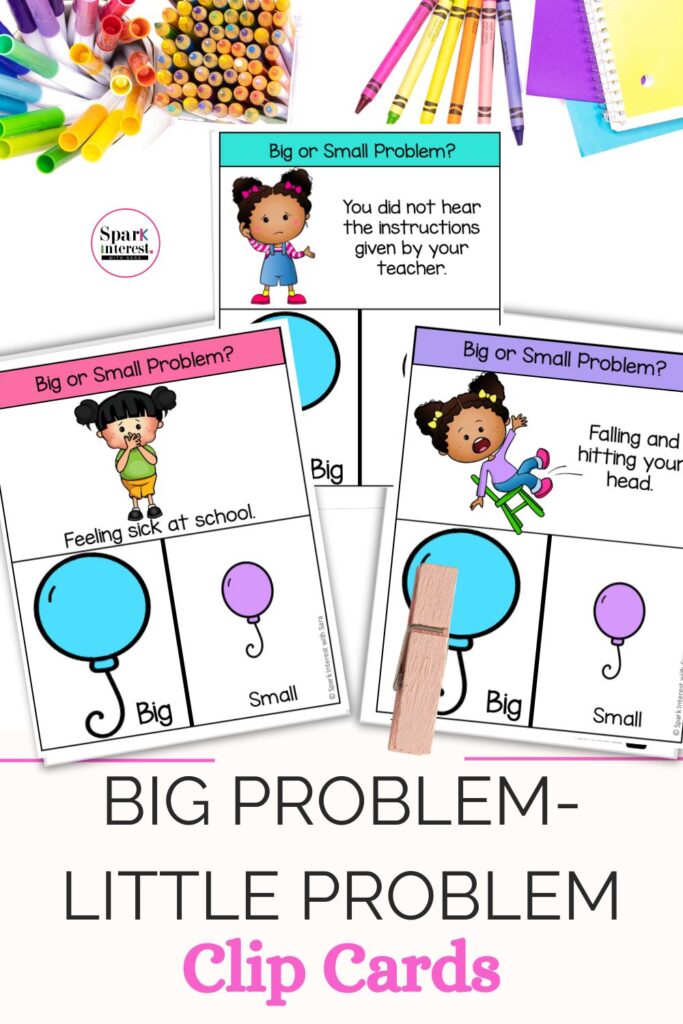
5. Encourage Reflection Through Some Fun Drawing and Writing Activities
Depending on where your students are at, invite them to draw and/or write around:
People I can go to if I have a problem.
Things I can do if I have a big problem.
Things I can do when I have a small problem.
Things I can do when I have a problem at school.
This will encourage your students to reflect on their learning and allow them to consider how they may solve problems that occur in their own world and who are the people they can go to for support.
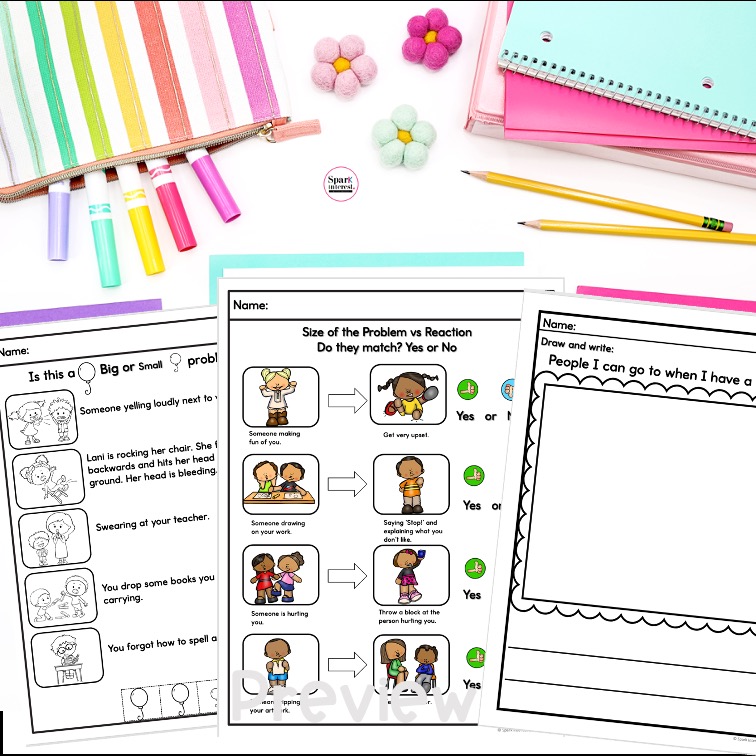
6. Extend Learning by Introducing Conflict Resolution Techniques
Once your students have mastered the skill of identifying the size of a problem, the next step is to introduce problem solving techniques or conflict resolution techniques. Our preschoolers are just beginning to explore more complex relationships with a wide variety of humans, and this can lead to conflict, misunderstanding and a whole lot of confusion.
It will help your students tremendously if you help them explore what common conflicts or problems they may encounter, different techniques to solve minor conflicts or problems and what to do if they can’t solve a minor conflict or problem on their own. Such a valuable skill indeed!
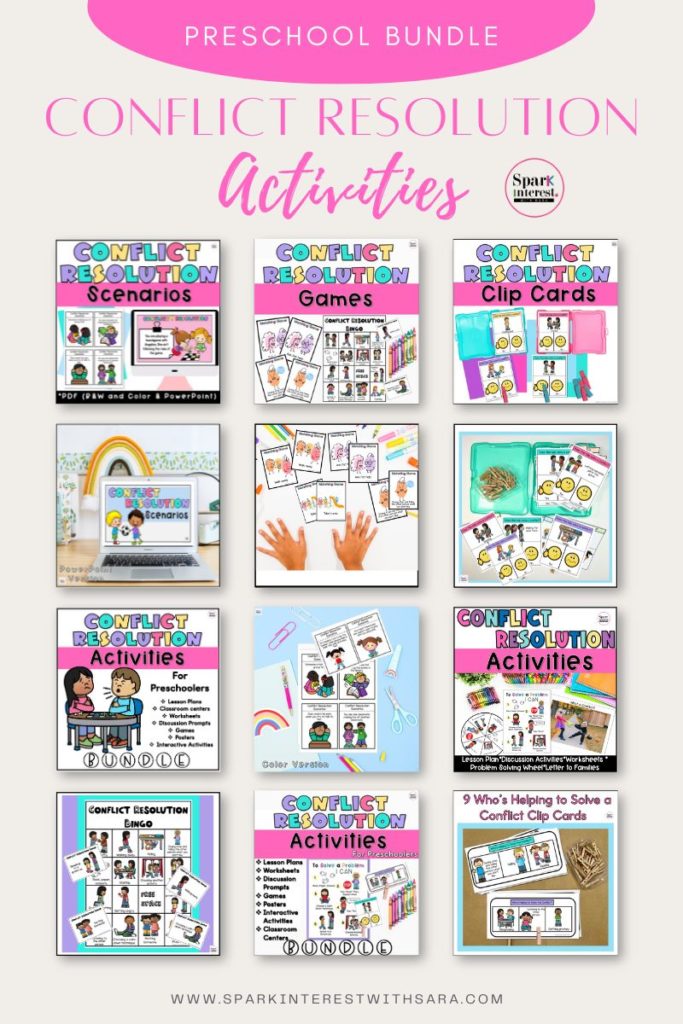
Conclusion: Teach Size of the Problem Using Big Problem Little Problem Activities
Teaching kids about problem-solving and helping them understand the size of a problem is a vital aspect of their education. By implementing the strategies discussed in this article, educators and parents can empower children to become confident problem solvers who are equipped to handle life’s challenges effectively.
Further Reading:
✨ How to Teach Preschoolers Conflict Resolution in Fun & Effective Ways
✨ 5 Easy Ways to Teach Size of the Problem in a Preschool Classroom
Let's Connect:

Sara
